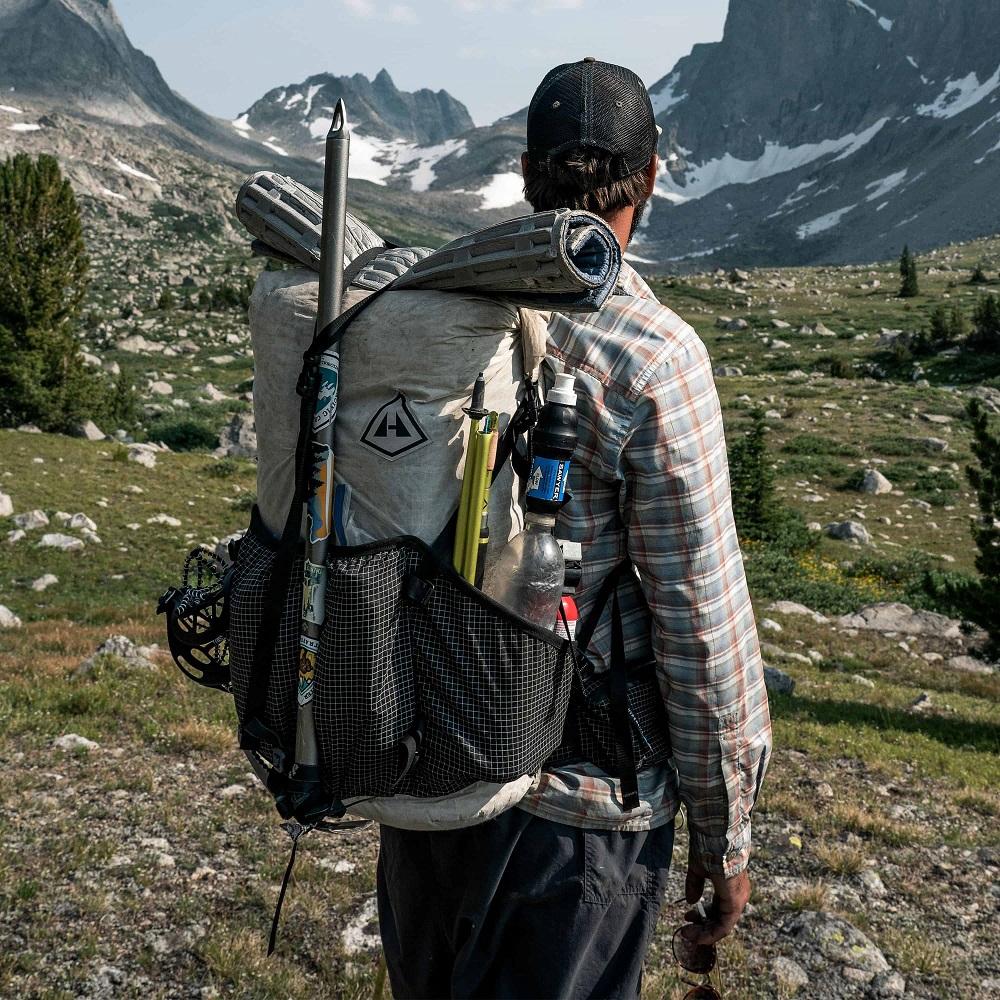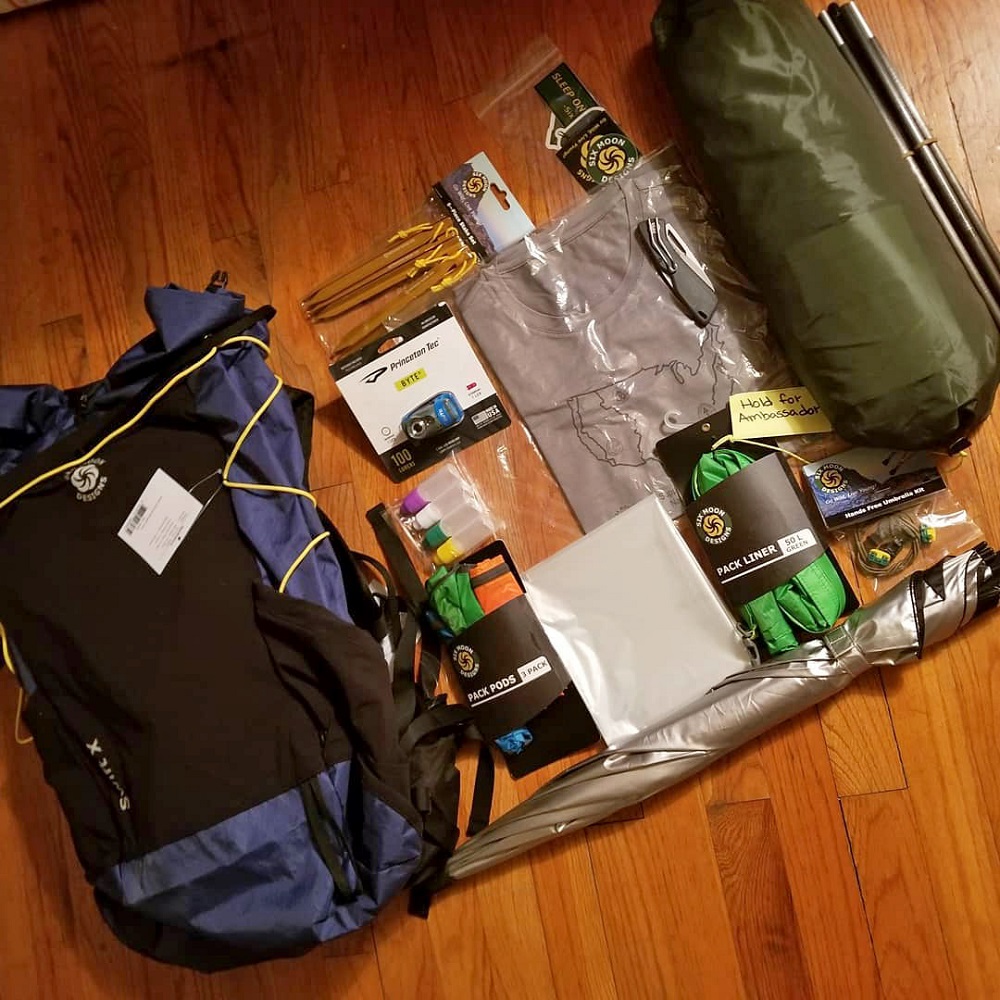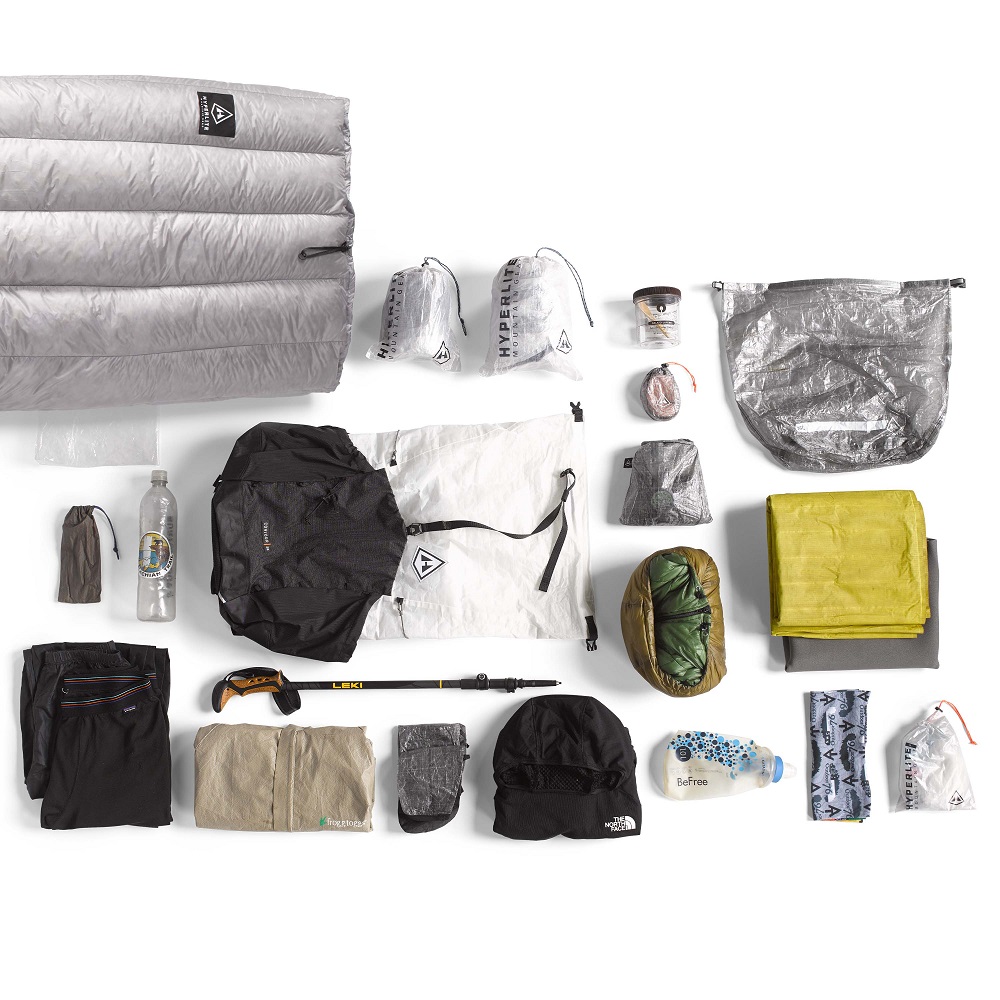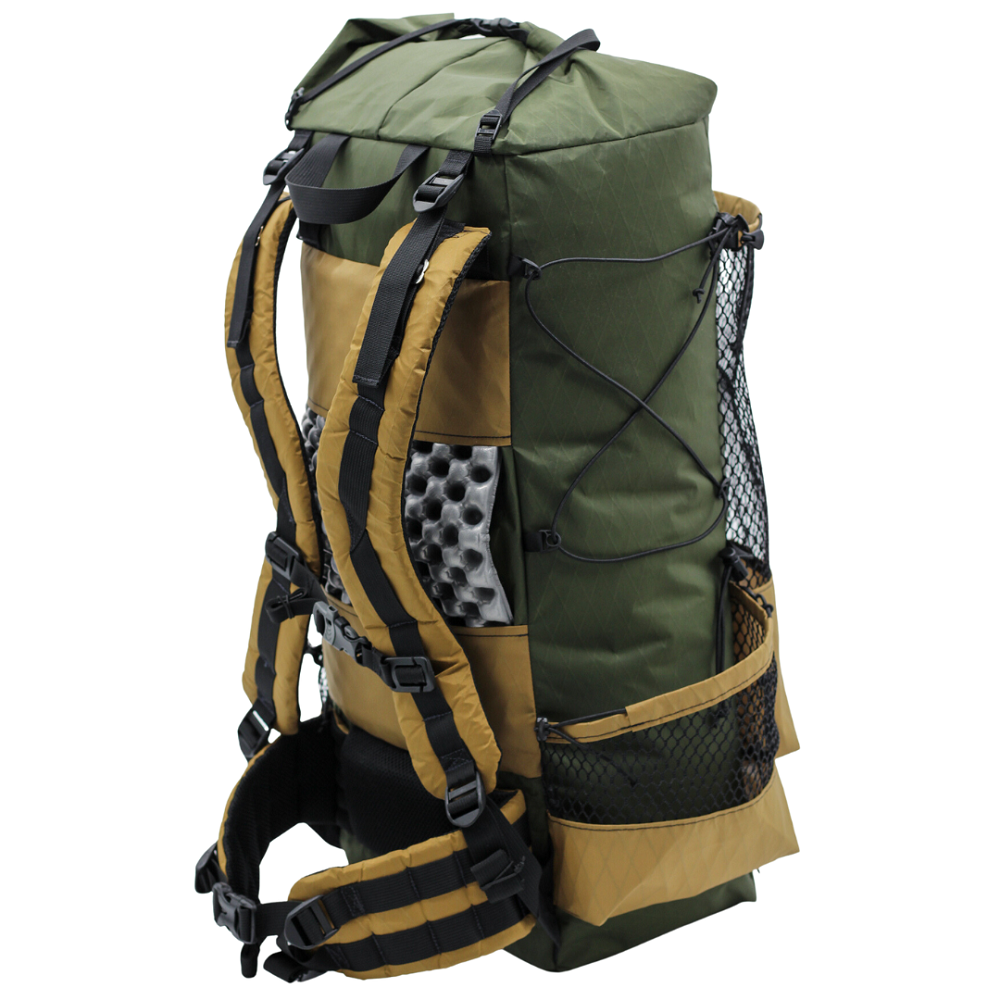The Importance of Choosing the Right Hiking Gear
Choosing the right hiking gear is crucial for safety and comfort on the trail. Proper gear helps you navigate challenging terrains and unpredictable weather conditions. It reduces the risk of injury and ensures you stay hydrated and warm. When hiking, your gear should match the trail’s difficulty, your fitness, and the trip’s duration.
Key Factors to Consider When Selecting Hiking Gear
- Durability: Look for gear made from high-quality materials that can handle rough use.
- Weight: Lightweight gear reduces strain on your body, especially for long hikes.
- Weather Compatibility: Ensure items like clothing, footwear, and tents can endure the weather conditions expected.
- Comfort: From clothing to backpacks, comfort is essential for enjoyable hikes.
- Functionality: Multipurpose gear like convertible pants or hydration packs can save space and weight.
Benefits of Proper Hiking Gear
- Enhanced Safety: Right gear reduces chances of accidents and injuries.
- Increased Efficiency: Quality tools and equipment help you cover distances faster and easier.
- Maximized Enjoyment: Comfortable and well-suited gear enhances the overall hiking experience.
Investing in the right hiking gear enables you to handle unforeseen challenges and enjoy the beauty of nature. Always remember to research and test gear before your hike for the best performance.

Clothing Essentials for Hiking
Wearing the right clothing is vital for a successful and comfortable hiking experience. Proper hiking gear ensures protection from weather, ease of movement, and temperature regulation during your adventure.
Layering for Comfort and Protection
- Base Layer: Moisture-wicking materials like synthetic or merino wool help keep you dry.
- Mid Layer: Insulating clothing, such as fleece or down jackets, traps body heat.
- Outer Layer: Windproof and waterproof jackets protect you from rain and wind.
Choosing the Right Materials
- Breathable Fabrics: Ensure airflow while preventing moisture buildup.
- Quick-Drying Clothes: Ideal for unpredictable weather and sweat management.
- Durable Fabrics: Reduce wear and tear from tough trails.
Accessories for Added Comfort
- Hats: Shield your face from the sun or provide warmth in cold conditions.
- Gloves: Offer protection from cold temperatures or rough surfaces.
- Gaiters: Protect your lower legs from debris and muddy paths.
Investing in high-quality hiking clothing will keep you safe and comfortable on the trail. Prioritize fit, material, and adaptability to the environment for a rewarding hiking experience.
Must-Have Hiking Footwear and Socks
Choosing the right footwear and socks is crucial for a safe and comfortable hike. They protect your feet, enhance stability, and prevent injuries during the hike. Proper choices can make a huge difference, ensuring your adventure remains enjoyable.
Choosing the Best Hiking Footwear
- Fit and Comfort: Hiking boots should fit well and provide ample toe space and support.
- Terrain Compatibility: Select boots based on the type of trail, like rocky or muddy paths.
- Material Quality: Opt for durable and weather-resistant materials such as leather or synthetic fabric.
- Weight of the Footwear: Lightweight boots reduce fatigue, especially for long-distance hikes.
- Waterproof Features: Waterproof footwear is essential for wet trails and unexpected rain.
- Traction and Sole: Check for sturdy soles that offer good grip and stability.
Selecting Hiking Socks
- Moisture-Wicking Materials: Socks made from wool or synthetic fibers keep feet dry.
- Padding and Cushioning: Extra padding absorbs impact and reduces blisters.
- Breathability: Breathable socks help in keeping your feet cool during hot conditions.
- Proper Fit: Avoid socks that are too tight or too loose to prevent discomfort.
- Weather Adaptability: Thick socks for cold-weather hikes, thin ones for summer hikes.
Why Footwear and Socks Matter
- Protection from Injuries: Prevent blisters, sprains, and other foot-related problems.
- Enhanced Mobility: Comfortable boots and socks improve movement and reduce strain.
- Weather Preparedness: Proper gear keeps feet dry and warm in adverse weather.
Invest in quality footwear and socks to ensure safety and comfort on the trail. Test them before the hike to avoid surprises during your adventure.

Backpacks and Packing Tips for Hikes
Choosing the right hiking backpack is essential for a comfortable and organized adventure. A well-packed backpack ensures balance, easy access to essentials, and proper weight distribution.
Key Features to Look for in Hiking Backpacks
- Capacity: Select a backpack size based on hike duration and gear requirements.
- Comfort: Look for padded straps, adjustable belts, and back ventilation.
- Durability: Opt for materials that withstand wear, tear, and weather conditions.
- Weight Distribution: Choose backpacks with internal frames for better stability.
- Weather Resistance: Consider waterproof or water-resistant designs for protection against rain.
How to Pack Your Hiking Backpack Efficiently
- Organize by Weight: Place heavy items close to your back and top for better balance.
- Group Similar Items: Store essentials like food, clothing, and first aid in separate compartments.
- Pack Light: Minimize unnecessary items to reduce strain and maintain comfort.
- Essential Accessibility: Keep frequently used items like snacks, water bottles, and navigation tools easy to reach.
Essentials to Include in Your Backpack
- Navigation Tools: Maps, GPS devices, or compasses for consistent trail references.
- Safety Gear: First aid kits and emergency essentials for unforeseen situations.
- Hydration Systems: Water bottles or reservoirs to stay hydrated.
- Food Supplies: Lightweight and high-energy food options for sustained energy.
- Weather Gear: Sunscreen, rain jackets, or insulated layers depending on expected conditions.
Invest in a high-quality hiking backpack and learn packing strategies to ensure a smooth journey. Test its fit and functionality before hitting the trail to avoid discomfort and surprises.
Navigation tools are essential for staying on track during a hike. They help you avoid getting lost and ensure a safe adventure. Reliable navigation keeps your journey organized and minimizes risks in unfamiliar terrain.
Choosing the Best Maps
- Detailed Topographic Maps: Show elevation, trails, and landmarks for better understanding of the terrain.
- Waterproof Maps: Protect against rain and accidental spills for durability.
- Foldable and Compact Maps: Easy to carry in a pocket or backpack.
Benefits of GPS Devices
- Real-Time Location Tracking: Precisely shows your position and progress.
- Route Planning: Helps you map paths based on difficulty and distance.
- Weather Updates: Some devices include weather forecasts for additional preparation.
- Battery Life: Choose models with extended battery life for long hikes.
- Portable Design: Lightweight and durable options ensure reliability on rugged trails.
Why Compasses Still Matter
- No Battery Required: Reliable even when technology fails.
- Simple Learning Curve: Easy to understand with basic training.
- Direction Accuracy: Pinpoints basic directions even in dense forest or cloud cover.
- Portable and Lightweight: Fits easily in small compartments.
- Practice Before Hiking: Familiarize yourself with maps, GPS, or compass at home.
- Carry Backup Options: Always pack more than one navigation tool for safety.
- Mark Key Points: Identify landmarks or waypoints on maps to avoid confusion.
- Keep Devices Charged: Bring spare batteries or chargers for electronic tools.
Invest in dependable navigation tools to ensure a safe and enjoyable hiking experience. Combine traditional maps with modern GPS and compasses for complete reliability on the trail.

Hydration and Water Filtration Systems
Staying hydrated during a hike is essential for energy and overall health. Proper hydration prevents fatigue, heat exhaustion, and dehydration. Equipping yourself with reliable water systems ensures access to clean, safe water throughout your adventure.
Essential Hydration Gear for Hikers
- Water Bottles: Durable bottles are lightweight and easy to carry.
- Hydration Packs: Hands-free hydration allows seamless drinking while walking.
- Collapsible Containers: Save space when not in use by using collapsible designs.
Benefits of Water Filtration Systems
- Access to Clean Water: Filters remove harmful bacteria, parasites, and debris from natural water sources.
- Compact and Lightweight: Portable systems fit easily in backpacks without adding weight.
- Cost-Effective: Save money compared to buying bottled water for every adventure.
- Environmentally Friendly: Reduce single-use plastic waste through reusable filters.
Types of Water Filtration Systems
- Pump Filters: Efficient for accessing water from streams or lakes.
- LifeStraw and Straw Filters: Easy-to-use tools for direct drinking from water sources.
- UV Purifiers: Kill microorganisms using UV light for safe consumption.
- Chemical Treatments: Tablets or drops effectively purify water.
Tips for Staying Hydrated on Hikes
- Drink Frequently: Take small sips to stay hydrated without overloading your stomach.
- Plan Water Stops: Identify water refill points along your trail.
- Carry Extra Water: Bring additional containers for longer hikes.
- Monitor Your Health: Watch out for signs of dehydration like dry mouth or dizziness.
Preparing with proper hydration gear and filtration systems enhances safety and comfort on hikes. Always test your equipment before the trip and plan water sources ahead.
Safety Gear: First Aid Kits and Emergency Essentials
Safety gear is crucial for addressing unexpected emergencies on a hike. A well-prepared kit can protect you from minor injuries and potentially life-threatening situations. Packing the right safety tools ensures you hike with confidence and readiness.
Key Items for a First Aid Kit
- Adhesive Bandages: Treat cuts, scrapes, or blisters with ease.
- Antiseptic Wipes and Creams: Disinfect wounds to prevent infections.
- Tweezers and Scissors: Remove splinters or cut bandages.
- Pain Relievers: Address headaches, muscle aches, or minor illnesses.
- Sterile Gauze and Medical Tape: Cover larger wounds or create makeshift bandages.
- Emergency Blanket: Retain body heat in cold conditions or shock.
- Non-Latex Gloves: Maintain hygiene during wound treatment.
- First Aid Manual: Guide for handling medical emergencies.
Essential Emergency Tools
- Multi-Tool or Knife: Useful for cutting, repairing, or survival situations.
- Whistle: Signal for help if you are lost or injured.
- Headlamp or Flashlight: Maintain visibility in low-light conditions.
- Fire Starter: Matches or a lighter for warmth or signaling.
- Duct Tape: Temporary repairs for gear or injuries.
- Paracord: Useful for building shelters or handling gear emergencies.
Tips for Packing Safety Gear
- Custom-Fit Your Kit: Tailor items to match the trail’s difficulty and environment.
- Keep It Accessible: Store your kit where you can reach it quickly.
- Learn Basic First Aid: Take a class to enhance your confidence in using the tools.
- Regularly Update Supplies: Replace expired items and restock used components.
Proper safety gear minimizes risks and helps you tackle emergencies head-on. Equip yourself well and practice using the tools before your hike.

Lightweight Cooking and Food Storage Options for Hikers
Efficient cooking and food storage are essential for sustaining energy during hikes. Lightweight gear ensures you stay organized without adding extra weight to your backpack.
Choosing the Right Cooking Equipment
- Portable Stoves: Compact stoves are great for quick and efficient meal preparation.
- Lightweight Cookware: Choose titanium or aluminum pots and pans for easy carrying and durability.
- Heat Sources: Opt for small fuel canisters or solid fuel tablets for convenience.
- Utensils: Bring foldable or multi-functional utensils to save space.
Tips for Storing Food Safely
- Use Resealable Bags: Keep food fresh and protect it from dirt and moisture.
- Bear-Resistant Containers: Store food in bear-proof containers in areas with wildlife.
- Organize by Meals: Pre-pack portions to save time and reduce waste.
- Keep Cold Items Cool: Use small insulated bags for perishable items if needed.
Simple Meal Ideas for Hikers
- Instant Noodles: Easy to prepare and lightweight to carry.
- Trail Mix: A high-energy blend of nuts, dried fruits, and seeds.
- Dehydrated Meals: Lightweight and only require hot water.
- Energy Bars: Compact and packed with calories for quick energy boosts.
Benefits of Proper Food Storage and Cooking Gear
- Reduced Weight: Lightweight options prevent strain on your back while hiking.
- Improved Hygiene: Proper storage reduces contamination risk and food waste.
- Enhanced Convenience: Pre-selected and organized gear simplifies meal prep on the trail.
Invest in lightweight cooking tools and smart food storage solutions for a hassle-free outdoor adventure. Prioritize durability, portability, and fuel efficiency when selecting your gear.
Encouraging Safe Exploration
Trail Familiarization
Familiarizing with trails fosters preparation and safe exploration. Understanding terrain specifics and challenge levels aids equipment and pace selection, ensuring effective navigation. Trail knowledge frames expectations, anchoring readiness across diverse landscapes.
Group Collaboration
Group collaboration reinforces safety, combining diverse skills and support during hikes. Foster communication and shared responsibilities, ensuring collective goal pursuit. Cohesive group dynamics optimize experiences, transforming individual journeys into enriched adventures.
Controlled Risks
Controlled risks define safety under subjective exploration desires, balancing thrill with caution. Accommodate personal and contextual thresholds within environment-specific frameworks. Risk evaluation emphasizes prudent determination, preserving enjoyment while safeguarding health.

Weather Adaptability
Cold Weather Gear
Cold weather gear underscores warmth retention and elemental protection. Include insulated layers and wind-resistant accessories, enabling resilience against wintry climates. Equip cold-weather integrity fosters comfort, securing readiness for chill challenges.
Warm Weather Equipment
Warm weather equipment prioritizes cooling solutions and sun protection. Breathable fabrics and UV-resistant gear cater to heat mitigation. Comforting safeguards align with external conditions, adapting gear to safeguard against overheating.
Rain Protection
Rain protection encompasses outerwear and shelter components adept at water defensibility. Waterproof attire and quick-assemble tarps or covers offer assurances in damp settings. Rain readiness promotes undeterred hiking gear passion, fueling adventure continuity.
